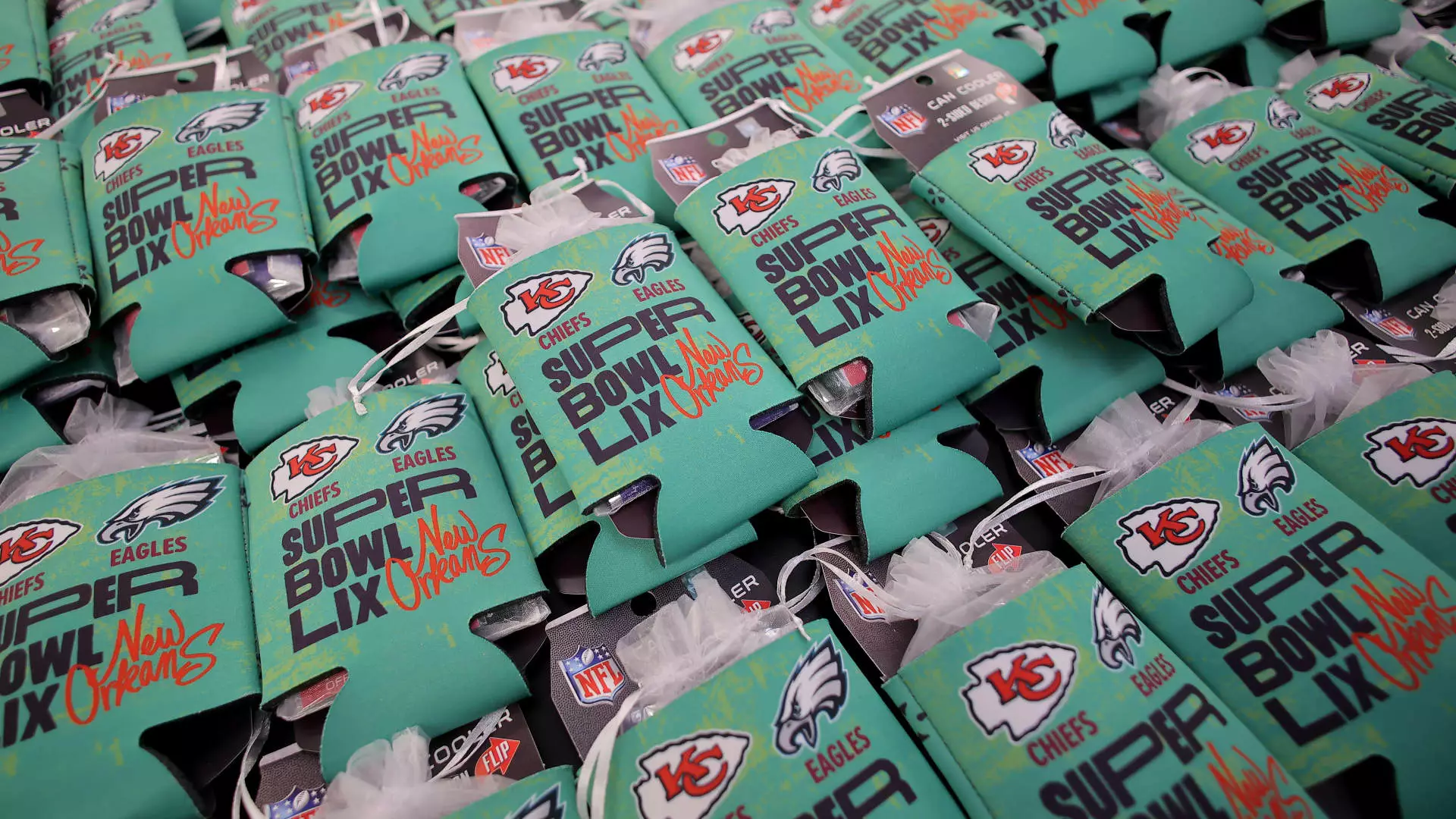Every year, advertisers invest staggering amounts into securing a commercial slot during the Super Bowl, and this year is no exception, with costs soaring up to $8 million per 30-second slot. A significant financial commitment, this price tag raises a critical question: Is it still a sound investment in an ever-changing media landscape? As we dissect the rationale behind these exorbitant fees, it becomes apparent that advertisers are still willing to pony up for this coveted platform. The combination of massive reach and cultural significance continues to make it a unique advertising opportunity that many consider well worth the expenditure.
The impending Super Bowl 59, featuring a showdown between the Philadelphia Eagles and the Kansas City Chiefs, will be broadcast live on Fox Corp.’s channels, including their free streaming service, Tubi. The potential audience for the Super Bowl is unrivaled, with projections suggesting it could draw over 100 million viewers at once. Amy Leifer, Chief Advertising Sales Officer at DirecTV, underscores this perspective, emphasizing the unparalleled scale that live sports events provide. As traditional television viewership wanes due to the rise of fragmented media consumption patterns, the Super Bowl remains an oasis of mass audience engagement.
Traditionally, advertising effectiveness is measured by its ability to generate immediate consumer engagement and brand recall. Despite the growth of digital marketing avenues, the Super Bowl remains a linchpin for brand visibility. Last year’s extravaganza attracted over 123 million viewers, yielding approximately $550 million in advertisement revenue for in-game placements alone. While advertisers have increasingly turned their gaze towards digital platforms, often perceived as more targeted, the consensus remains: traditional television continues to wield significant advertising power.
Data from GroupM reveals that live sports programming garners a more substantial slice of the advertising pie compared to its non-sport counterparts. A traditional TV ad remains significantly more effective, particularly during events as widely watched as the Super Bowl. In fact, research indicates that ads during the game are about three times as effective as those aired during typical primetime slots. Brands that capitalize on the unique emotional engagement provided by live sports can see returns that often outshine those achievable elsewhere.
A critical aspect of Super Bowl advertising is the timing and placement of commercials. A well-placed ad can vastly improve its impact, altering viewer engagement metrics significantly. CEO of EDO, Kevin Krim, points out how some brands that debut products during the Super Bowl continue to enjoy heightened engagement well after the ad’s initial broadcast. The ability to create a buzz that lasts beyond the commercial break is what elevates the Super Bowl experience beyond typical advertising norms.
Consider the success stories from previous years: Kia’s EV6 launch or Reese’s rollout of its Big Caramel Cup. Each of these endeavors demonstrated how a Super Bowl ad catalyzed a surge in brand interaction. The relationship between the timing of an ad and consumer engagement cannot be overstated; selecting the right moment to air a commercial is equivalent to setting a trap that potential customers eagerly spring.
Moreover, localized ads also demonstrate that smaller brands can harvest benefits from being featured during the Super Bowl. For instance, Zeam, a hyperlocal streaming service, witnessed a boom in app downloads after airing a spot starring John Stamos in select markets. This shows that local advertising carries weight during the Super Bowl, even with smaller budgets, reinforcing the notion that effective placements can yield substantial returns.
As the Super Bowl continues to be a massive cultural event, social media has emerged as an equally important platform for advertisers to engage audiences. With a considerable percentage of viewers multitasking online during the game, brands that optimize their strategies for social media can amplify their impact. Chief strategist Andre Banks emphasizes the importance of synchronizing ad placements with key moments of viewer engagement, noting that some audience segments may shift their focus to the halftime show, resulting in fluctuating viewer engagement.
The importance of a dual focus—traditional television advertising complemented by active engagement on social platforms—is becoming increasingly prominent. Emerging trends suggest that advertisers must vie for consumer attention on multiple fronts, seamlessly integrating traditional ads with social media strategies to maximize reach and engagement.
With the advertising world’s focus gradually shifting towards digital channels, some experts are beginning to question the conventional wisdom surrounding Super Bowl advertising. Shoshana Winter, CEO of Converge, brings forth a compelling point: while the event still attracts large viewership, its overall effectiveness as the ‘best’ advertising platform may not hold in the face of evolving consumer behaviors.
While traditional television remains a bastion of audience engagement amid the evolving media landscape, advertisers must not rest on their laurels. The need for brands to innovate, both in terms of creativity and strategic execution, has never been more pronounced. Staying relevant in the advertising narrative will require a careful balance between capitalizing on high-profile events like the Super Bowl while seamlessly pivoting towards the digital realm that continues to dominate audience attention.
In essence, while the Super Bowl continues to offer an exclusive pathway to massive viewership, the challenges posed by digital competition mean its traditional foothold is at risk. Advertisers who can adapt, innovate, and weave their narratives across platforms will likely emerge as the true winners, regardless of where and how they choose to invest their advertising dollars.

